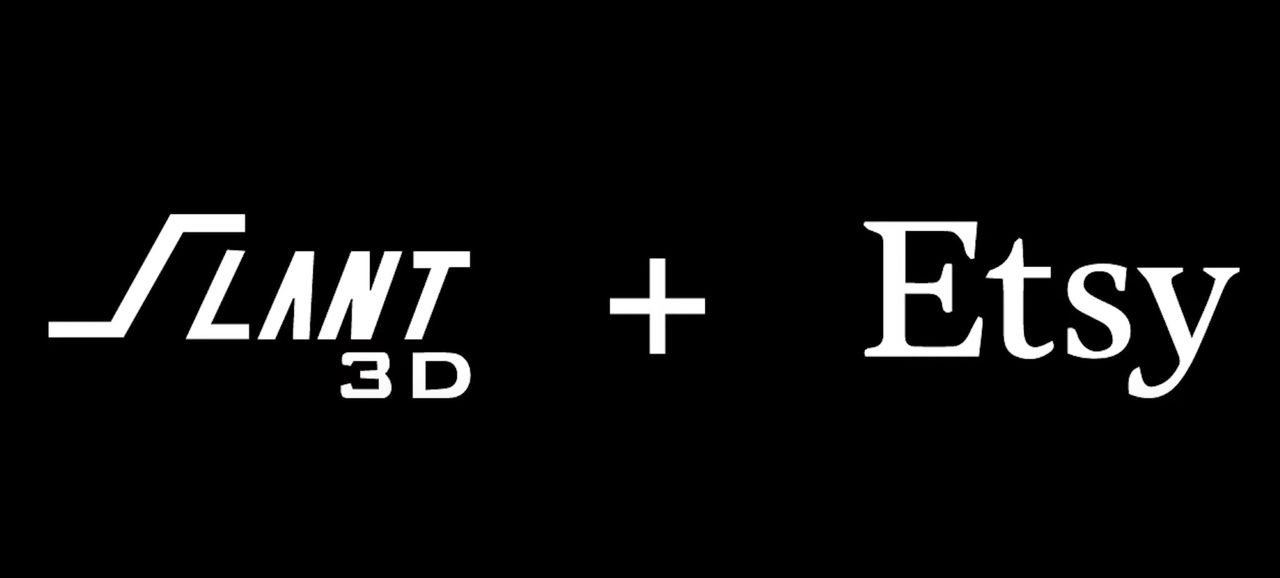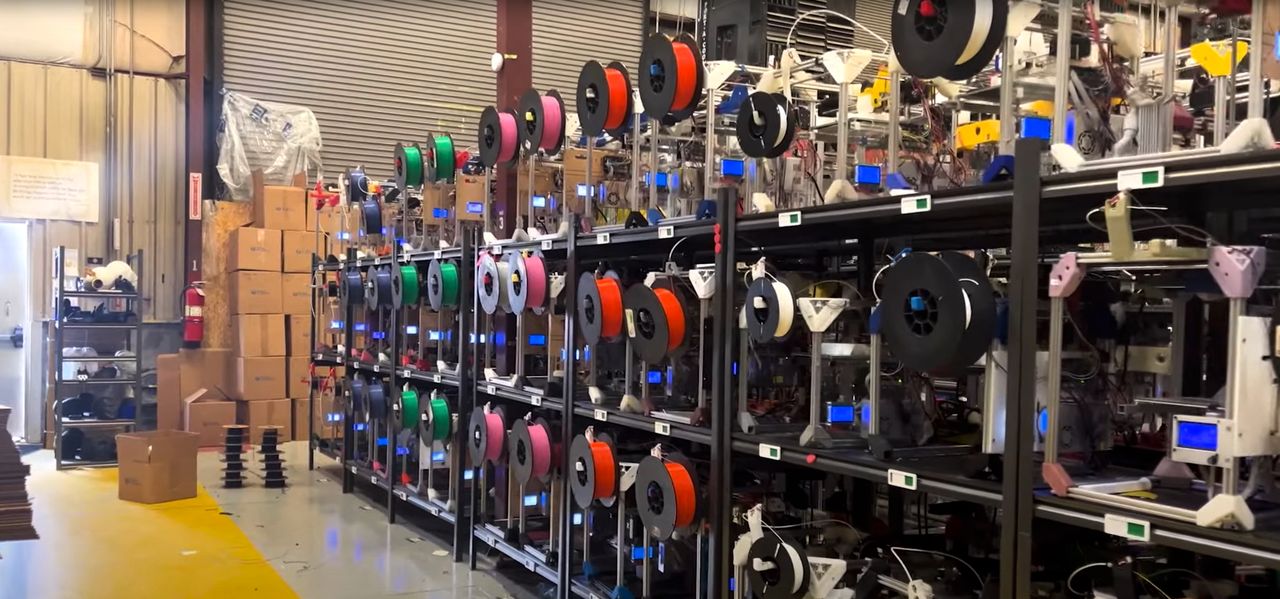
Slant 3D announced a way to integrate directly with Etsy.
Etsy has become a popular service for makers using 3D printers. Typically a product is designed for 3D printing, and the Etsy maker then operates their own 3D printer to produce them as required.
If the product proves popular, the maker might have to acquire a few more 3D printers to keep up to production needs. Most of the time that works fine, but there’s one problematic scenario: a sudden burst of orders.
In today’s world of social media, all it takes to produce a burst is to have someone with a large following post a link to the product. Suddenly, the maker will be overflowed with orders.
More order is always a good thing, but not if you can’t fulfill them. If that happens, then reputations are lost.
Slant 3D’s new Etsy integration might allow makers to overcome that barrier.

The company operates a massive 3D print farm with apparently over 1,000 3D printers. Normally they accept print jobs submitted by designers and produce them according to specified parameters. However, they’ve been working on new approaches.
They’ve developed an API that allows direct access to their print farm. While this API has not yet been released, it should enable the creation of all manner of interesting applications that could make use of a large print farm.
The first app Slant 3D has created is an Etsy integration app, and it looks quite easy to use according to their video:
Etsy makers can create an account on the app, and then link their Etsy account to it. They can then associate specific Etsy products with specific STL files that represent those products.
Then the magic begins. When an order is placed on Etsy for those products, the commands trigger the Slant 3D print farm to print that STL file. After printing, the model is boxed up and sent to the customer, wherever they may be.
There are a couple of limitations to this service because it’s very new. Slant 3D is limiting the colors to what seems to be black, white and grey, the three most popular colors. While they intend to offer more colors in the future, it’s likely the service will be mostly used for parts with mechanical functions at first.
In addition, they’re limiting the slicing parameters to a maximum of 25% infill and 0.2mm layer heights. Again, this is likely due to the newness of the service. Slant 3D has to figure out how customers will use the system so that they can plan out how to expand it properly in the future.
This is the second Etsy integration we’ve seen, with the other being 3DQue’s ability to link 3D print farms with Etsy products. However, 3DQue’s solution requires your own print farm, while Slant 3D’s service is targeted at those who don’t.
Nevertheless, things just got a lot easier for Etsy designers of 3D printed products.
Via Slant 3D
